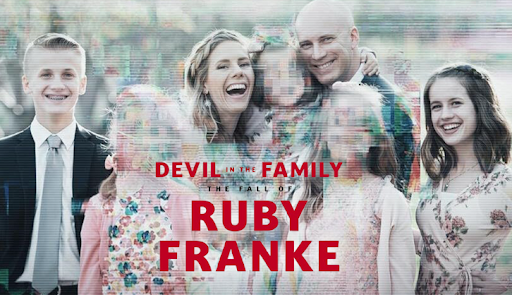Imagine you’re learning how to drive.
You notice that you’re a bit too close to the yellow line marking the road’s left edge. You turn the steering wheel right to correct yourself, but now you’re too close to the white line marking the road’s right edge. You correct yourself again only to end up at the yellow line again only to correct yourself again, and the cycle continues. Man, I just wish I could stay in the middle of the road, you think silently.
This is the reality for many teenagers today. Teenagers are just starting to learn the art of balance. They need to be successful academically and have a thriving social life. They need to plan for the future and live in the moment. They need to fit in and be unique. They need to keep it together and express their feelings. And in their quest to stay in the middle of the road, they don’t even have a fully functioning rearview mirror or a sense of judgment—the region of the brain responsible for judgment doesn’t finish developing until age 26.
In addition to their limited experience and developing brains, our modern world may present additional obstacles to mastering balance. Specifically, the difficulty in navigating polarizing trends on social media can further confuse teenagers looking for balance.
An example is the simultaneous presence of the “Hustle Culture” trend and the “Self-care” trend. The hustle culture trend is defined as “work dominating your time in such an unnatural way that we have no time to live our lives, ” according to the Good Housekeeping blog. Essentially, hustle culture may be considered an extreme version of productivity and can lead to consequences like burnout, which is especially damaging for teenagers, one-third of which already experience burnout, according to the survey Unpacking Grind Culture in American Teens: Pressure, Burnout, and the Role of Social Media.
Meanwhile, extreme self-care trends are also sweeping teenagers’ For You pages. While self-care’s original definition involved preventing and managing illness, content creators like Leilani Lei claim that self-care trends now promote an extreme level of both materialism and impracticality. The bedrotting trend “involves staying in bed for extended periods—not to sleep, but to do passive activities like eating snacks, watching TV and scrolling through devices,” according to health.com. Experts such as Courtney DeAngelis, a psychologist in New York, claim that bedrotting may temporarily bring pleasure but can cause stress and disconnection from loved ones in the long run. Essentially, the trend may promote extreme levels of engaging in pleasurable rather than purposeful activities.
So, which one do teenagers choose? Burn themselves out or seek comfort to the point of losing purpose? When teenagers may already struggle to decide what to wear, it can be even harder to determine the level of balance between all the extreme versions of life found in the media.
Additionally, social media can demand that a teenager show two angles of them at once. On one hand, being authentic in front of the camera has been cited as a significant predictor of success. “Being authentic on social media is more important than ever,” according to Stepofweb, a website that shares knowledge with the digital community. The website additionally claims that 81% of consumers need to trust the brands they buy from. This message can make teenagers feel that they need to overshare to be seen as amicable.
But on the other hand, there’s an implicit expectation for teenagers to maintain polished, curated representations of themselves. This perception can make them feel that they must go out of their way to always look “put-together.” Teenagers may feel pressured to blend in rather than be unique.
All these stark contrasts leave teenagers constantly swerving left and right, their tires either about to hit the curb or another car’s bumper. But even in our changing world, there is still hope for these young people to stay in the middle of the road.
One approach is asking ourselves the question “What do I want to take away from this post or video? What do I want to leave behind?” when we feel like a post or video may be showing one side of a spectrum. This way, we can use the digital world as a learning tool and reap its benefits while exercising critical thinking skills and judgment. Even asking ourselves this question one or two times per scroll may help us achieve a healthier balance. These questions may help any age group and even in contexts outside of social media such as our everyday conversations.
We don’t have to let one post make us swerve away from the middle of the road.







